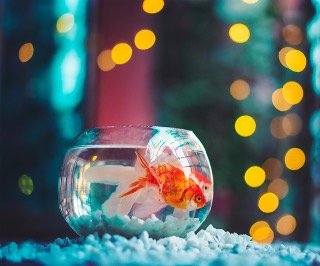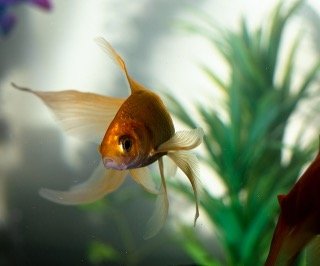
Introduction
Ich is brought on by an external protozoan parasite that leaves numerous white spots on the skin and gills of your freshwater fish. One of the few fish parasites that can be seen with the eye, this is a frequent parasitic infection of freshwater fish. Before therapy is started, however, other non-parasitic causes of white spots on fish must be checked out. For a therapy to be effective, it is essential to comprehend the life cycle of the parasite.
What is iching?
The protozoan parasite Ichthyophthirius multifiliis, which translates to “Fish Louse with Many Children” in Latin, is what causes “Ich” or “white spot illness.” Cryptocaryon irritans is the agent that causes the white spot illness, sometimes known as ich, in seawater. The complicated life cycles of both parasites make them challenging to treat. Although highly resistant to treatment, the massive feeding (trophont) stage is visible to the naked eye as the white patches on the fish’s body. The only stage of the parasite’s life cycle that may be treated is the invisible free-swimming theront stage.
Symptoms
(i)Tiny white flecks on the fins or body of the fish
(ii) Fish flashing or using nearby items to scrape against
(ii) Fish flashing or using nearby items to scrape against
(iv) Lack of energy and increased effort in breathing
(v) Untimely death (can be multiple fish in one aquarium)
White spot illness might be confused with other minor problems. Although they may appear as white spots on the fins, fin ray fractures and cartilage fractures are not life threatening. Male goldfish breeding tubercles, which cause numerous white lumps on the operculum and pectoral fin, resemble white spot illness but are actually typical anatomical changes. Your veterinarian can distinguish between Lymphocystis and other white pimples on the fins caused by a viral disease that affects fish.
you may also like to read Which Kind of Substrate is Best for My Goldfish Tank?
Reasons for Ich
Failure to quarantine a new fish introduced to the aquarium is the most frequent cause of Ich. Since only one infectious Ich parasite is required for a whole tank or pond to become infected, most fish will “appear healthy” and not exhibit any symptoms of illness until the parasite has gone through several life cycles, which can take a few days to a few weeks depending on your water temperature. All new fish should be safely quarantined to stop the spread of Ich to your primary tank.
Treatment
You might want a veterinarian to inspect your ill fish in order to make the best diagnosis for therapy. Keep in mind that there are other conditions that can appear on fish that might be very similar to white spot illness and call for a different course of action. Once a diagnosis has been made, your aquatic veterinarian and fish shop will be able to prescribe treatment alternatives.
Make sure you properly follow the medication’s directions and that you have calculated the volume of water in your aquarium. Both overdosing and underdosing have the potential to harm fish. Continue administering for 10–14 days, every other day. On the days between doses of your medications, perform partial water changes. Check your fish frequently to make sure the trophonts (white spots) don’t return after treatment.
you may also like to read What’s the Ideal Temperature for Goldfish in a Tank or Pond?
How to Prevent Ich
Four to six week young fish quarantine (temperature dependent)
For two to four weeks, quarantine new invertebrates that were once raised with fish.
Before introducing fresh plants to the tank, quarantine them all (two weeks with no fish)
All new additions, including fish, invertebrates, and plants, should be quarantined in a separate tank with separate equipment for four to six weeks in order to avoid Ich or many other parasites and diseases from invading your aquarium.
CONCLUSION
Maintaining proper water quality and feeding the right diet will help your fish have healthier, happier lives overall. Follow a routine maintenance regimen. Regularly check on all of your fish and become familiar with their typical appetites and behaviors so you may recognize problems early. Contact your fish veterinarian as soon as you detect a problem if you have any fish.





